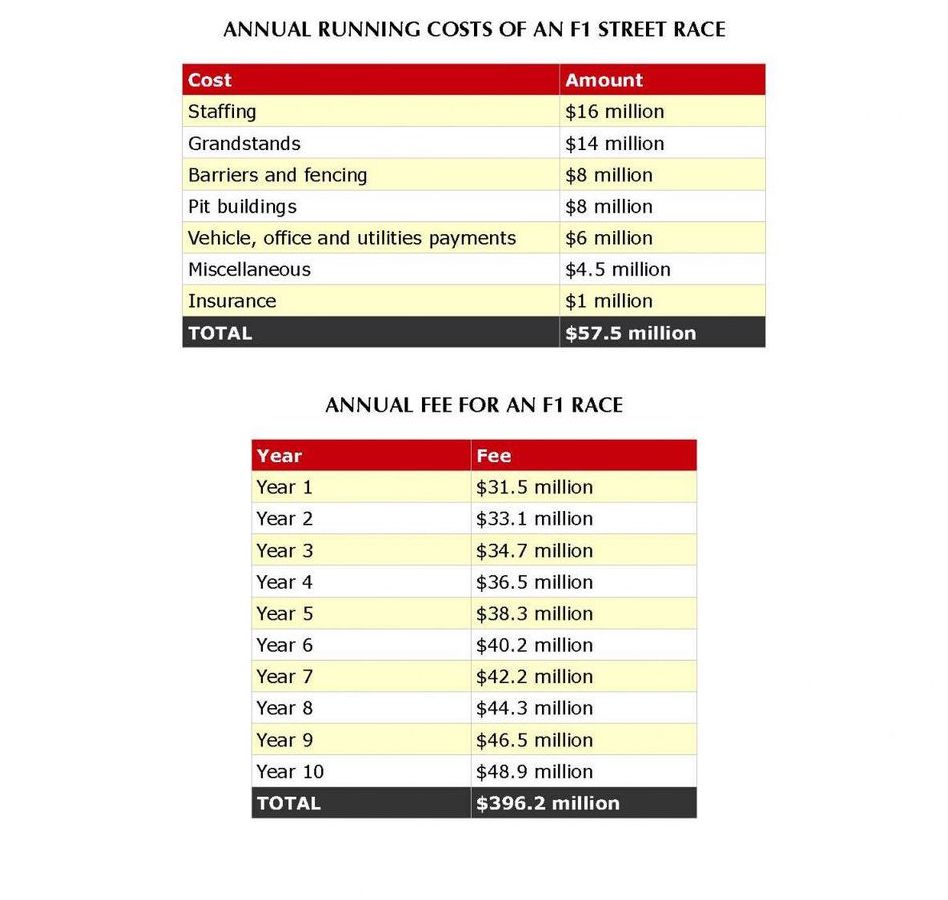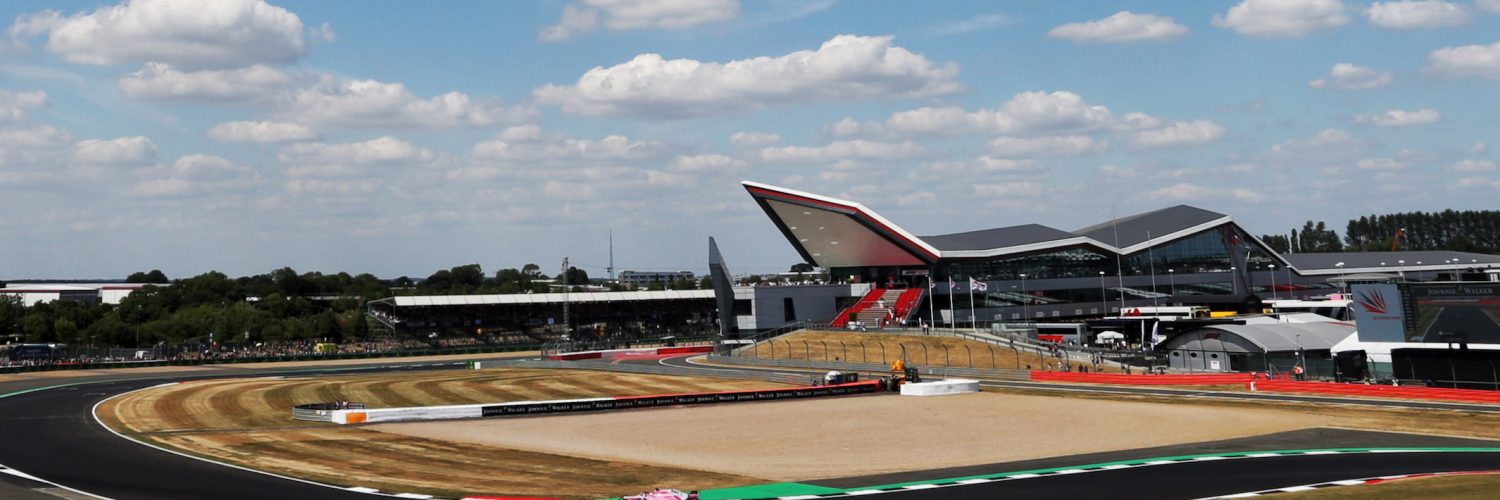As Silverstone celebrated 70 years since hosting its first ever British Grand Prix this week, the Formula One circus moves on to another iconic venue at Suzuka in Japan.
Suzuka first hosted a grand prix back in 1976, making it one of the oldest existing F1 circuits and it is loved by drivers and fans alike due to its challenging ‘figure of 8’ layout and iconic corners such as 130R.
Yet both these historic circuits, along with Monaco, Spa-Francorchamps and Monza, are now amongst a dying breed.
With hundreds of millions of dollars thrown into the Formula One machine on a season-by-season basis, it’s a well-known fact that it is the most technologically advanced and most financially expensive of all sports worldwide.
Even four-yearly events such as the Olympic Games and Soccer World Cup don’t get close to generating the same viewing figures and ticket revenues as the pinnacle of motorsport. And only these global blockbusters demand the creation of new venues and stadia, should they require, as the game expands globally.
It was Bernie Ecclestone that first set the ball rolling. The former F1 supremo’s plan of making the sport a worldwide success led to securing international television rights and that was only the start of it. As the sport expanded overseas from its traditional European homeland, new circuits have sprung up all over the world to satisfy demand.
Since the turn of the millennium, F1 has seen circuits spring up in Bahrain, China, Turkey, Singapore, Spain, Abu Dhabi, India, Korea, USA and, most recently, the Sochi Autodrom in Russia and Baku Street Circuit in Azerbaijan.
So how are F1 circuits designed and built and how much does this huge undertaking cost? Perhaps the most famous circuit designer of them all is the former engineer and racing driver turned designer, Hermann Tilke. He has designed almost every new circuit there is on the modern day F1 calendar, including all of those mentioned above.
It’s pretty much the same principal as any engineer or architect would employ in the design and build of a new set of apartments. With the older, more established circuits such as Spa, Monaco and Silverstone, it is the topography of the land on which the circuit sits that explains its layout – Silverstone sat on an old second world war airfield and Monaco is, well, Monaco! Even so, changes for safety reasons are made accordingly such as longer run-off areas or modifications to corners can cost millions of dollars.
At entirely new venues, the world is the designer’s oyster. Once the build site has been chosen, he can decide on the elevations required, layout, length, number of corners, run-off areas and more. The Circuit of the Americas, home of the upcoming US Grand Prix, is a case in point. It takes aspects from many of the world’s most iconic venues in creating what many feel is the engineer’s finest work. In order to achieve the breath-taking elevation change of 133ft, a huge construction undertaking was required, digging deeper foundations to remove and replace the softer and more unstable clay that lay beneath the surface.
Safety is now one of the most important considerations with circuit design. In dealing with the ever-increasing cornering capabilities of the modern-day F1 car, consideration of the event of any accident means that maximum consideration must be given to the safety of both driver and spectator. It means that most aspects of modern circuit design are extremely high-tech, and computers play an important part.
The FIA uses a simulation program called CSAS (Circuit Safety Analysis System), which accurately calculates the appropriate size and run-off area required as well as the most effective barriers required on each corner. It’s so accurate that it can predict the trajectory and impact signatures of a car under many different circumstances if a driver loses control at a precise moment into the corner.
So thankfully gone now are the days of a driver finding himself upside-down in a farmhouse with fuel dripping all over him, a nightmarish predicament that Sir Jackie Stewart found himself in after losing control during the 1966 Belgian Grand Prix.
Interestingly, it was Sir Jackie himself who has been critical of many of Tilke’s modern circuit designs, blaming them for producing a lack of excitement and overtaking. Others have bemoaned today’s wide run-off areas of failing to punish driver mistakes and keeping them in the race rather than the old gravel traps that would almost certainly mean the end of their race but could also dangerously flip a car onto its head or into a tyre barrier or fencing.
Today’s modern-day F1 circuits also come at a price. According to a recent Forbes article, “building a typical track costs around $270 million and then comes the hosting fee as well as the annual running costs which, at around $18.5 million, are far lower than those for a street race.”

Such are the massive costs involved with hosting an F1 race that many operate on losses running into tens of millions per year, which has led to the closing of races such as the Indian, Korean and Malaysian Grands Prix.
Currently, Silverstone’s future remains uncertain, its contract to host the British Grand Prix expires after next year’s event.
Thankfully, new owners Liberty Media remain committed to retaining the ethos and tradition of this great sport as well as opening it up to new audiences.
Negotiations are already underway to secure Silverstone’s future beyond 2019.
Top image: Sergio Perez of Force India during the 2018 British Grand Prix in Silverstone, England. ©Force India F1.



